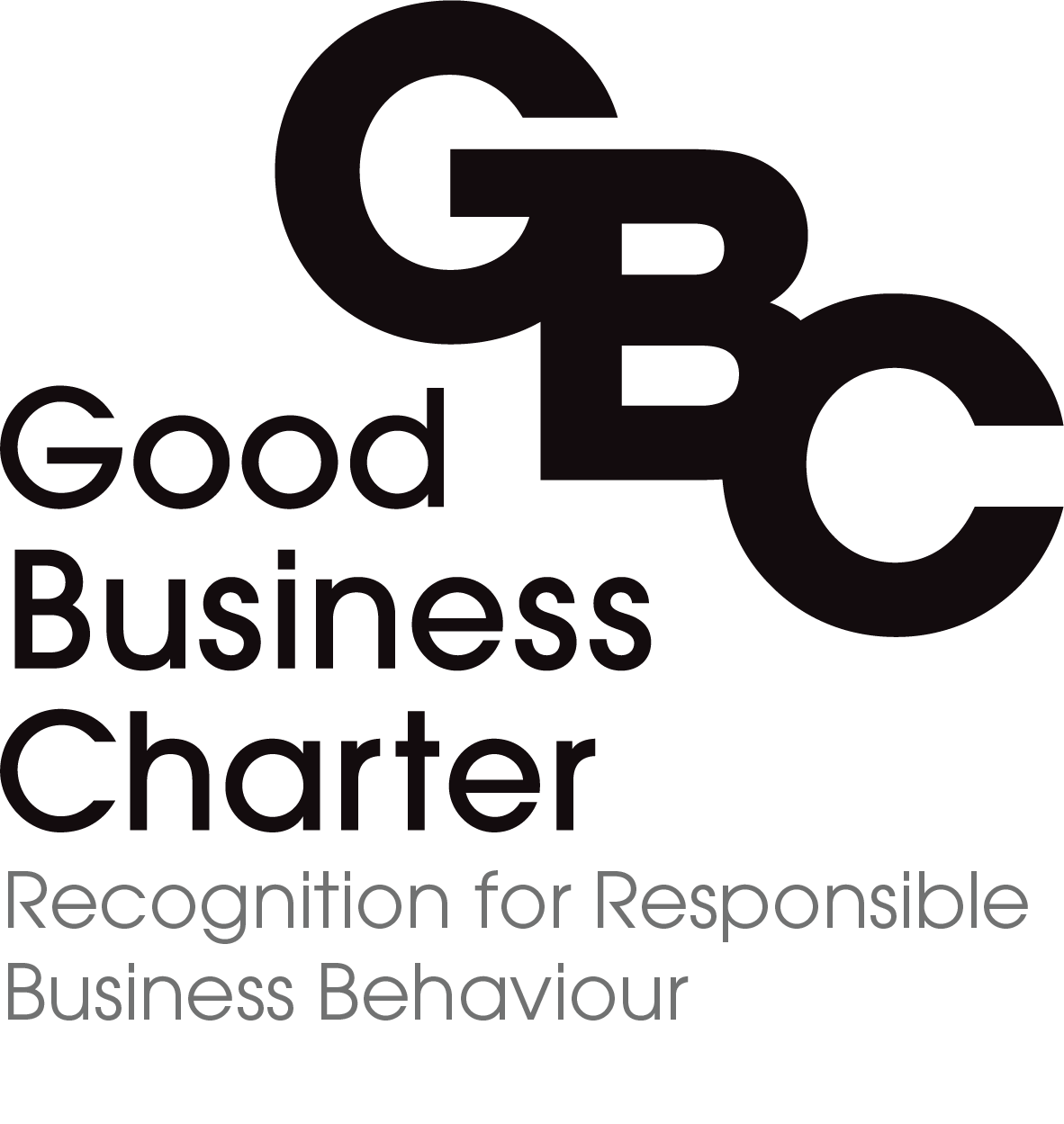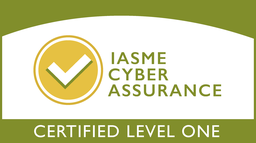What does the future workplace environment look like?
With the likes of Amazon in the US issuing warning letters to employees who fail to come into the office, and, ironically enough, Zoom ordering staff back to the office, we wanted to take a look at what the workplace of the future holds and what employees want.
Employee listening is key to getting the right balance
One constant is that listening to your staff is key to understanding and helping you build highly engaged teams. Which in turn ensures a consistently respectful culture where ideas or concerns are listened to and acted upon.
Employee listening takes lots of forms. It can be as simple as a “Town Hall” session by the Chief Executive or Managing Director or a suggestion box.
These are all great – but in order to make employee listening effective, and get the maximum benefit, you may want a more formalised programme to capture staff views.
There is no one size fits all. What is important is to make your staff feedback systems readily available whenever needed, easy to use and trusted by your people. At the same time, you want your employee listening to deliver key insights which you can act upon. For more details on how you can improve employee voice, download our e-book; Employee Voice – Understand how to hear it better.
Structured hybrid working approach
Adopting a structured hybrid working approach presents many challenges. If organisations want to see a three-or four-day return to the office, they need to concentrate on removing the barriers that prevent employees from coming into the office; cost of travel, childcare and feeling more productive at home.
Regular employee engagement surveys are critical to effectively manage teams, with well-structured questions which deep dive into how people really feel about hybrid working and what their preferences are, understanding challenges and generally gauging the happiness and productivity of your employees.
When your attrition rate rises – it’s too late to do anything about it!
Be clear on why and when people should come into the office and work smarter for your organisation.
A three-to-four-day week in the office with two working from home days seems to be the pattern we most see in the workplace of today. Managers and teams should accommodate scheduling critical meetings, workshops and learning and development training on days when colleagues are available for face-to-face meetings.
When employees should come into the office
Collaboration, coaching and community.
Collaboration: Productivity and engagement increases with the immediacy of information attained directly or indirectly from surrounding team members.
Coaching: Recent data suggests that Gen Z and young millennials prefer to come into the office for professional development and learning, collaboration, and knowledge sharing. Any new hires may be struggling to get their ‘feet under the table’ if they haven’t yet met their direct reporting management or peers in person.
Face to face sessions provide ample opportunity to get to know each other. The downside of online video conferencing is that it can be difficult for managers to get a sense of how people are feeling, body language and social, non-verbal clues can be easily masked, or missed! – which again, comes back to communication and the importance of asking for regular feedback. (I want to touch on the latest Microsoft Teams Avatars – but that is for another blog and I will be interested to hear your views on that one!)
Community: Ideal opportunity to demonstrate company values and for employees to be reminded of them. Sometimes there is a bit of a disconnect when employees are working from home in isolation. Utilising in-office days to promote company culture, wellbeing incentives and getting the teams together helps to build respect, confidence and employee engagement.
Listen, learn, and act
Make your workplace culture happier, more engaged and more productive by giving all your employees the voice they need to raise problems, suggest ideas and provide feedback.
Encouraging speaking up in your organisation is crucial for fostering open communication, driving innovation, and enhancing employee engagement. Build a diverse speaking up process that values diverse perspectives, establishes trust, and promotes accountability. You can create an environment where individuals feel empowered to share their ideas and concerns, embrace the power of speaking up and unlock the full potential of your organisation and its people.
WorkInConfidence provide a whole suite of solutions to support your speaking up culture from anonymous two-way speaking up reporting, pulse, long, and mini engagement surveys to real-time HR case management – book in for a demo today!





